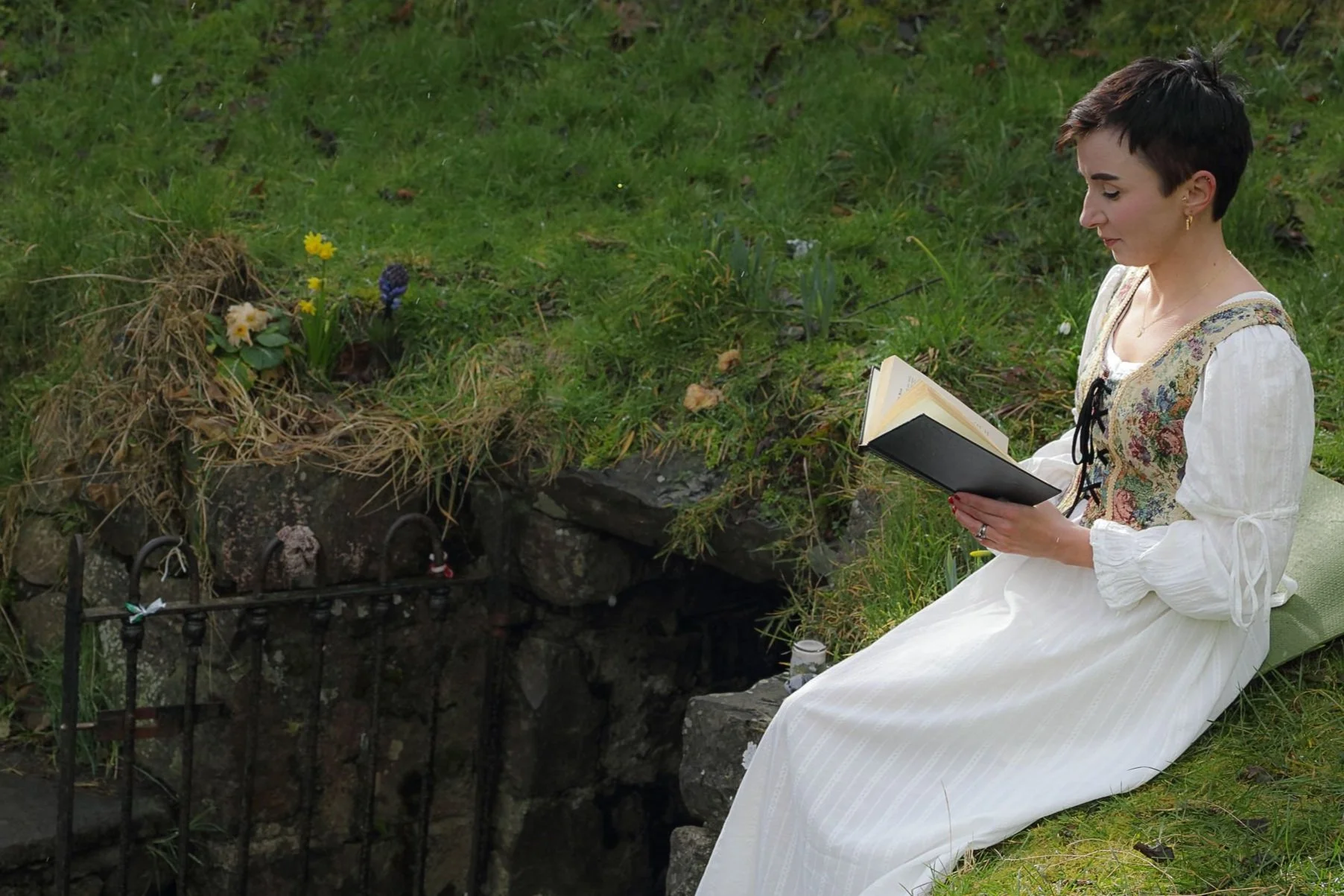
MUSINGS FROM THE OTHERWORLD
My current writings and musings on Celtic feminine mysticism and soulful living now find their home on Substack. I invite you to join me there but I’ve also preserved an archive of my previous writings (2021-2023) below.
Bealtaine (Beltane) Magic
Ireland is an anglicisation of Éire, which is the official name for Ireland. We were gifted it at Bealtaine from the Goddess Ériu of the Tuatha Dé Danann. It means 'earth' or 'soil', 'fat land', 'land of abundance'.
We are fast approaching Bealtaine (or Beltane) in the northern hemisphere, and Samhain in the south. On Celtic lands, this is a thin time when the veil between this world and the Otherworld is almost translucent. And so, for this fortnight’s Musing from the Otherworld, I share five Bealtaine customs or rites.
1.Bealtaine is a Fire Festival
Bealtaine ("Bee-yowl-tan-eh") is the Irish word for the month of May. It is thought to derive from the god Bel or Belenus, a pan-Celtic deity meaning 'bright' or 'shining', and the Gaeilge word tine ("tin-eh"), meaning 'fire'. So 'Bright Fire'. Another possibility is that it comes from béal ("bale") meaning 'mouth' in Gaeilge and again tine, 'fire', so 'Mouth of Fire'.
The Celtic year was divided between dark and light. It likely began at Samhain (the Irish word for the month of November) in the darkness, as all life begins. Six months unfold in the dark half of the year, until at Bealtaine, at May, the Celtic Wheel turned towards the light half of the year.
The fire festival at Samhain, now celebrated as Halloween marks our entry into the darkness. The fire festival at Bealtaine marks our entry into the light.
Darkness and light are held in equal value. Both are a necessary part of human life.
Bealtaine at Uisneach by Anthony Murphy
2.Bealtaine is Celebrated at Uisneach
The ancient Dindshenchas, the ‘Lore of Places’, tells us that on Bealtaine an immense fire was lit by the druid of Míde (Meath) on the Hill of Uisneach in modern-day County Westmeath. Uisneach is known as the naval point of Éire, the island’s sacred centre.
All regional household fires were first extinguished and a small number of pre-ceremony fires were lit. These fires would be kindled from the wood of the sacred druidic trees; Oak, Hazel, Holly, Apple, Pine, Ash and Yew, and the flames from the seven trees used to light the great Bealtaine fire on Uisneach. Once this fire was lit, it was a visible signal to ignite fires on surrounding hills, creating a blazing spiral across the land.
This symbolised nature's full awakening from the dark half of the year into the light.
Riders of the Sidhe, by John Duncan, 1911
3.Our Ancestors Arrived at Bealtaine
The 11th century Lebor Gabála Érenn, 'The Book of the Taking of Ireland', also known as the 'Book of Invasions', tells us that Ireland was inhabited by six races. Most notably, the Tuatha Dé Danann, 'Tribe of the Goddess Danu', who are essentially our supernatural pantheon.
So for example, well known Celtic goddesses like Brigid (or Bríg), the Morrígan, Ériu - are all Tuatha Dé Danann goddesses.
After an unknown amount of time, our human ancestors arrive, the Sons of Míl or Milesians from whom descend the Gaels of Ireland, the Isle of Man and Scotland. They were led by the file, the poet, Amairgin Glúnmar ("Aver-gin" Big-kneed).
They come at Bealtaine.
When the Tuatha Dé Danann see the Milesians off the coast, they set a challenge for them: their sixty-five vessels must remain nine waves from Irish shores with the promise that they will retreat if the Tuatha Dé can muster the power to prevent them landing. And so, the goddesses and gods cast a terrible storm upon the fleet but Amairgin invokes the spirit of the land and calms the waves.
Ériu Shi-Spoirad by Jim Fitzpatrick
4.Ireland is Named at Bealtaine
Ireland is an anglicisation of Éire, which is the official name for Ireland. We were gifted it from the Goddess Ériu of the Tuatha Dé Danann. It means 'earth' or 'soil', 'fat land', 'land of abundance'.
When the Milesians arrive, Ériu ("Eyhr-roo") as a triple goddess with her sisters Banba ("Banva") and Fódhla ("Fodh-la") each take a location on the land to negotiate with Amairgin and his host of druids as they disembark from their ships.
Ériu is the last meet to Amairgin. She hosts him at the Hill of Uisneach. She demands that the land be named after her and if so, the Tuatha Dé Danann will retreat underground, essentially to the Otherworld, and the Milesians can have the mortal plain. Amairgin agrees and Ireland becomes Ériu or Éire.
It's essential to acknowledge that it is goddesses who represent the Tuatha Dé Danann in their political negotiations with the Milesians. Because is the role of the Sovereignty Goddess to determine which tribe is worthy of the land.
5.Bealtaine is a time for Spellcasting
A piseóg can be considered a superstitious belief, charm or spell. Piseógs are the most common form of spellcasting in Ireland. They were often used to protect against bad luck and to appease the fairies. But also, to cast spells with malevolent intent. A critical time of year for piseógs is May Eve. Some examples of Bealtaine piseógs are:
“It is said that the fairies are out on Lá Bealtaine [May Day] and sometimes they steal the children from the cradles and leave a little changeling [fairy child] in their place.”
“It is said that by getting up before sunrise on May morning and skimming the top off a spring well situated under an old oak tree with a saucer and mentioning anyone you wish, you will have their cream for the coming year. Their milk will have no cream. It is a curse on your neighbours and was used by the jealous and malignant.”
We’ll end here with a more loving piseóg as Bealtaine is traditionally a time for love divination. One example is that if you peer at your reflection in water on May Eve, you may see the image of your future lover over your shoulder.





